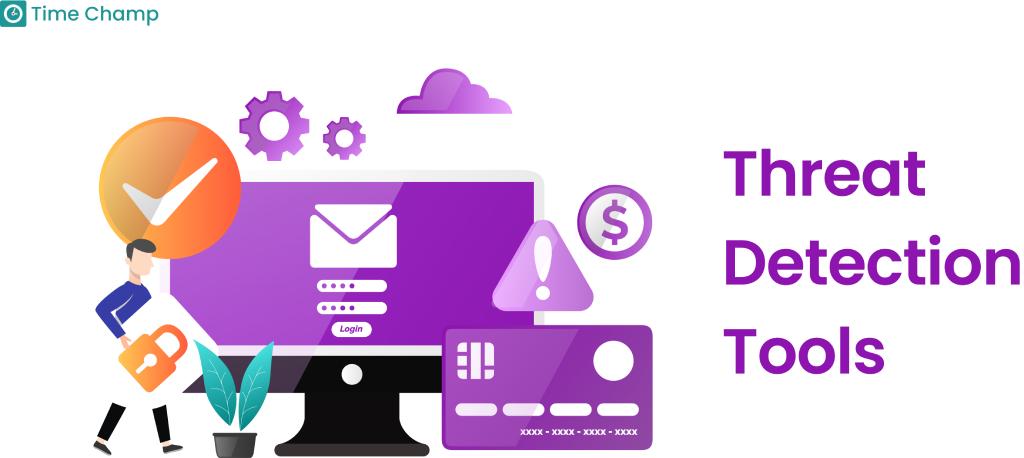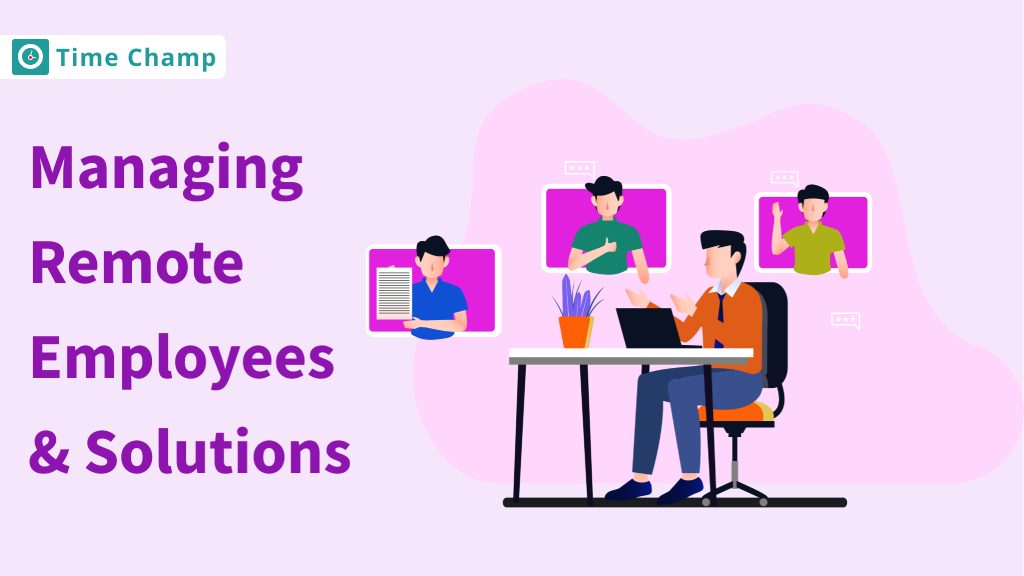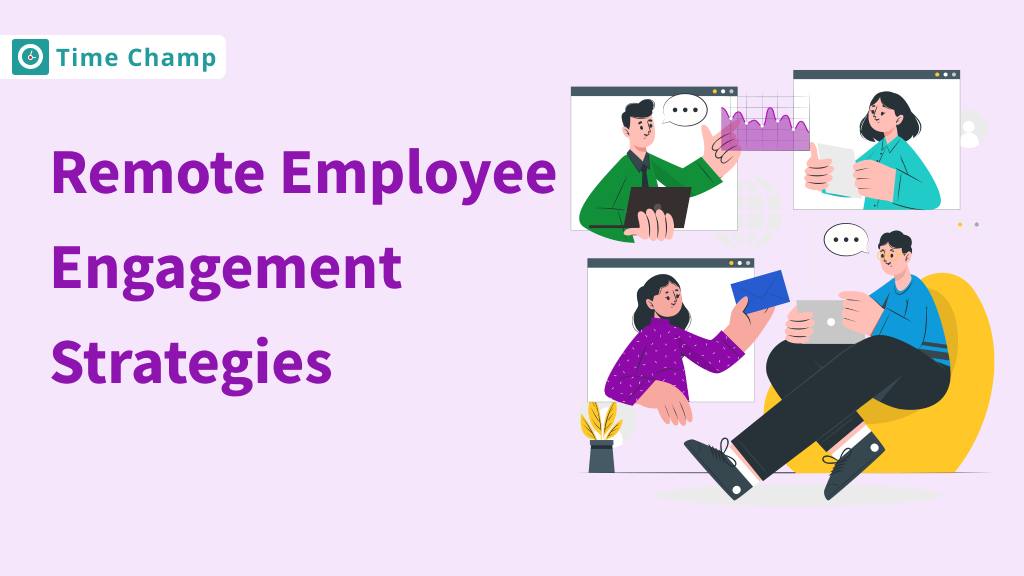Insider threats can be very harmful and may occur in any organization, but they can be prevented if the organization is prepared. Recent studies show that about 34% of companies encounter some form of insider threat that causes them a huge loss.
In this blog let’s discuss what are insider threats, types of insider threats, how to prevent them and some best tools to detect insider threats
What is an Insider Threat?
Well, insider threat refers to a risk posed to an organization by individuals within it, such as employees, contractors, or business partners. These individuals have access to sensitive information and systems, which can lead to unintentional or intentional harm to the organization.
There are two ways your information can get leaked through:
Types of Insider Threats
- Unintentional Insider Threats: These threats happen when your employees unknowingly put the security of the business at risk. These are often overlooked threats that can affect any user due to errors, for instance, sharing sensitive information with the wrong people or being a victim of a phishing scam.
- Malicious Insider Threats: These threats occur because of people who have premeditated plans to cause harm to the organization and may misuse their access to company records. They could be unhappy at work, tempted by money, or even tricked by outsiders.
This makes them vulnerable to committing insider threats and the actions they may perform may include stealing the data, damaging the systems, or releasing information due to dissatisfaction or for financial incentives.
Who is at Risk of an Insider Threat
Almost every company, including its employees, directors, and managers, is at risk of insider threats, and you never know when you might fall prey to a hacker.
An insider can be anyone within your organization’s network. Most organizations think of insiders as only employees, but insider threats can also come from third parties.
Different Types of Insiders Can Include:
- Users with high-level privileges, including network administrators, executives, partners, and others with access to sensitive data.
- Developers who have access to data using a development or staging environment.
- Resigned or terminated employees with active profiles and credentials.
- Acquisition managers and employees.
- Vendors with internal access.
- Contractors with internal access.
- Partners with internal access.
What is the Importance of Insider Threat Management?
According to studies, almost 74% of companies are at least moderately vulnerable to insider threats. A whopping $15.38 million is the average loss a company could face due to an insider threat in 2023.
If your organizations become prey to any kind of insider threat it may take days to recover from it and also it can cause disruptions in the flow of the operations.
The reason for being aware of insider threats is they are costly because to resolve one insider threat you need to pay an average of around 150$, the longer an intruder has access to your accounts the chances of records being taken or deleted increases. Also, insider threats are hard to detect, on average it might take as long as 50 days to track one insider threat.
Considering the high costs and risks of insider threats you should be aware and do everything possible to avoid them.
How to Prevent Insider Threats
You can prevent insider threats by taking precautionary methods and following the below-described methods.
A risk assessment can gradually decrease insider threats by following a step-by-step approach to identify and evaluate the weaknesses in the security structure of an organization.
Identify Sensitive Assets
Firstly, you need to identify the crucial assets of your organization, like sensitive information or key infrastructure, that, if compromised, could damage the organization and put you at a loss. Also, implement data classification to prioritize company security measures effectively.
By identifying sensitive areas of your business, you get a grip on the aspects you are lacking that need more attention.
Evaluate Accessibility and Exposure
Carry out a detailed evaluation of the level of access that different insiders in your organization have to sensitive assets, and the access rights granted to each position or person. Identify and assess the threats that these assets can face, whether they are intentional and malicious or accidental and unintentional.
Understanding these risks will help you design better security measures to safeguard your important data. This proactive approach will help in the reduction of internal and external threats, thus protecting your organization’s valuable assets.
Assess Access Levels
Examine the access levels assigned to each employee, contractor, and other insiders to ensure strict adherence to the principle of least privilege, which restricts user access to the minimum necessary for their job roles.
This helps a lot in preventing third parties from accessing the details and tampering with your sensitive information.
Identify Potential Vulnerabilities
Identify areas that can be misused by an insider either by malicious intent or by accident. If these vulnerabilities are addressed, your organization will be more secure. This helps protect sensitive data from internal threats.
Weigh Potential Impacts
Identify the possible effects on the organization if these resources were compromised, including financial losses, legal issues, and compliance penalties.
Enforce Policies and Controls
Implementing policies and controls in an organization involves more than just the IT department, it requires a team effort. Working with the HR department is essential to determine the right level of access each employee should have. For instance, following best practices when an employee leaves the company helps protect the organization from legal and technical risks.
The policies should be written down and updated from time to time to address new security practices and standards. These should include data protection, third-party access, password strength and user surveillance. Compulsory measures and comprehensive education ensure that employees know their responsibilities regarding the security of digital resources. It is necessary to conduct periodic audits to ensure that the organization complies with the requirements and responds to new threats, thus enhancing the organization’s protection against possible breaches.
Establish Physical Security in the Work Environment
Physical security aims to prevent unauthorized access to sensitive areas and information. By using secure badge systems and biometric scans you can ensure that only authorized personnel can enter specific locations.
Video surveillance focuses on some of the most sensitive areas, and allows you to quickly prevent and record violations. It is possible to lock physical documents in cabinets and limit access to printers so that copying or taking documents is not possible. This way, you will be able to minimize insider threats, and at the same time, ensure that people are aware of the security policies in place.
Use Software Solutions to Secure Access
You can implement various software solutions for your organization specifically created to monitor, manage, and protect internal access to sensitive information and systems, effectively reducing the risk of insider threats. These solutions can include web content filtering solutions to block malicious sites and restrict access to harmful or non-productive content, alongside other software such as insider threat detection tools. Some examples of these software solutions are.
Top Insider Threat Detection Tools
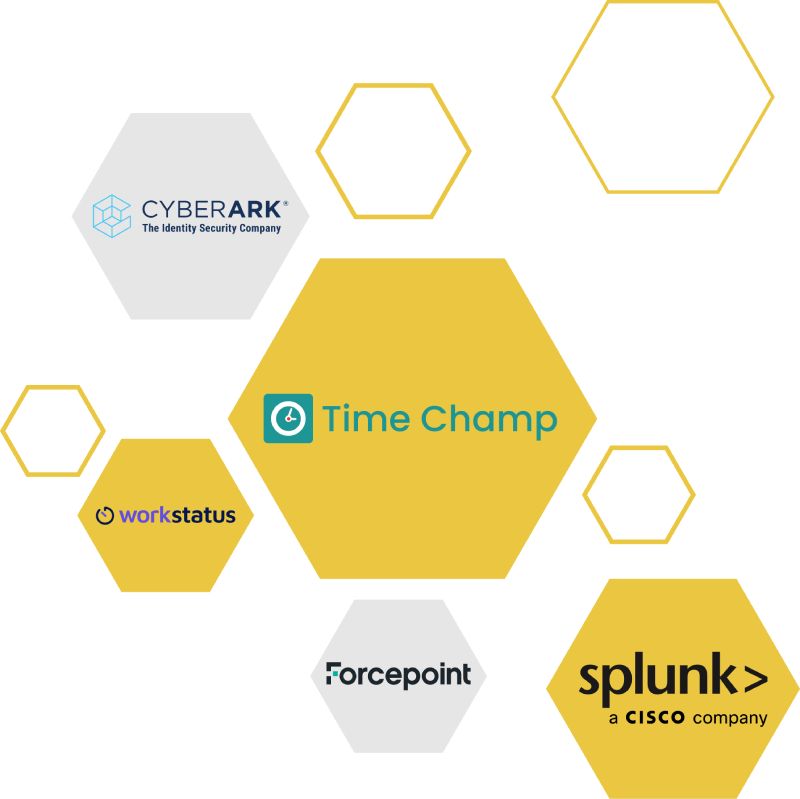
Insider threat detection tools help a lot in monitoring insider threats before they get out of hand. Here are some of the best tools for you to detect insider threats and protect your company.
Time Champ
Time Champ is a great employee monitoring and activity tracking tool with deep insider threat identification. It provides strong security measures and monitoring of the activity in real-time and has a simple, easy-to-use interface with reporting options that can be customized according to your needs, it improves organizational efficiency and protects your sensitive data.
Key Features
- Real-time monitoring
- User behavior analytics
- App and website tracking
- Activity tracking
- Suspicious Activity detection and alerts
- Access control and privilege management
- Automatic alerts and notifications
- Reporting
- Historical Data Analysis
- Screen recording and capturing
- Integrates with other security tools
These features help a lot in identifying insider threats by monitoring your employees’ real-time activities keeping a record of things that you may find suspicious and analyzing the records to get a brief on how it may affect you or your business.
G2 Rating: 4.8
Pricing: Starts from 2.4$/user/month
Work Status
Workstatus is a sophisticated employee monitoring software that helps to track the performance of employees and enhance the security of the organization. It gives details on the productivity and interaction of the users. It is useful in identifying changes in behaviour and risks like theft of sensitive data. By doing this organizations can avoid the emergence of issues, check compliance with the law, and foster the provision of a safe environment which in turn fosters accountability and protects the image of the company.
Features
- Activity Monitoring
- Identifies anomalous behavior
- Correlates with access logs
- Contextualizes security alerts
- Detects dissatisfied employees
- Provides enhanced visibility for remote workers
- Supports investigations
G2 Rating: 4.6
Pricing: Starts from 2.4$/user/month
Splunk
Splunk is an effective tool for insider threat detection as it provides real-time monitoring and alerting as well as UBA (user behavior analytics) to detect suspicious activities. The data correlation offers context across sources, and the advanced search tools allow for fast incident analysis. Splunk is efficient in handling insider threats due to its strong reporting for compliance and compatibility with security tools.
Features
- Real-Time Monitoring
- User Behavior Analytics
- Data Correlation
- Advanced Search and Investigative Tools
- Alerting and Notification
- Comprehensive Dashboards
- Robust Reporting
- Integration with Security Tools
- Unusual Activity Detection
- Historical Data Analysis
G2 Rating: 4.6
Pricing: Contact Splunk’s sales team for pricing details
Forcepoint
Forcepoint is a cybersecurity platform that identifies insider threats using behavioral analysis and real-time anomaly detection. Its Data Loss Prevention (DLP) features protect data with strict access controls. It evaluates risks based on the users’ activities and provides reporting and incident response features for compliance. Forcepoint is an ideal insider threat management solution that easily blends into existing security systems.
Features
- Behavioral Analytics
- Data Loss Prevention
- Contextual Awareness
- Risk Scoring
- Threat Intelligence
- Incident Response Tools
- Detailed Reporting
- Seamless Integration
G2 Rating: 4.2
Pricing: Contact Forcepoint’s sales team for pricing details
CyberArk
CyberArk is a cybersecurity platform that helps prevent insider threats with Privileged Access Management (PAM), real-time session monitoring, and advanced threat analytics. It securely shields credentials, enforces access policies, integrates with SIEM tools, and provides audit reporting to ensure compliance and security.
Features
- Privileged Access Management (PAM)
- Session Monitoring and Recording
- Threat Analytics
- Credential Vaulting
- Least Privilege Enforcement
- Multi-Factor Authentication (MFA)
- Risk-Based Access Controls
- Compliance and Audit Reporting
- Integration with SIEM Tools
- Automated Response and Remediation
G2 Rating: 4.5
Pricing: Contact CyberArk’s sales team for pricing details
Tips to Implement Insider Threat Detection Software
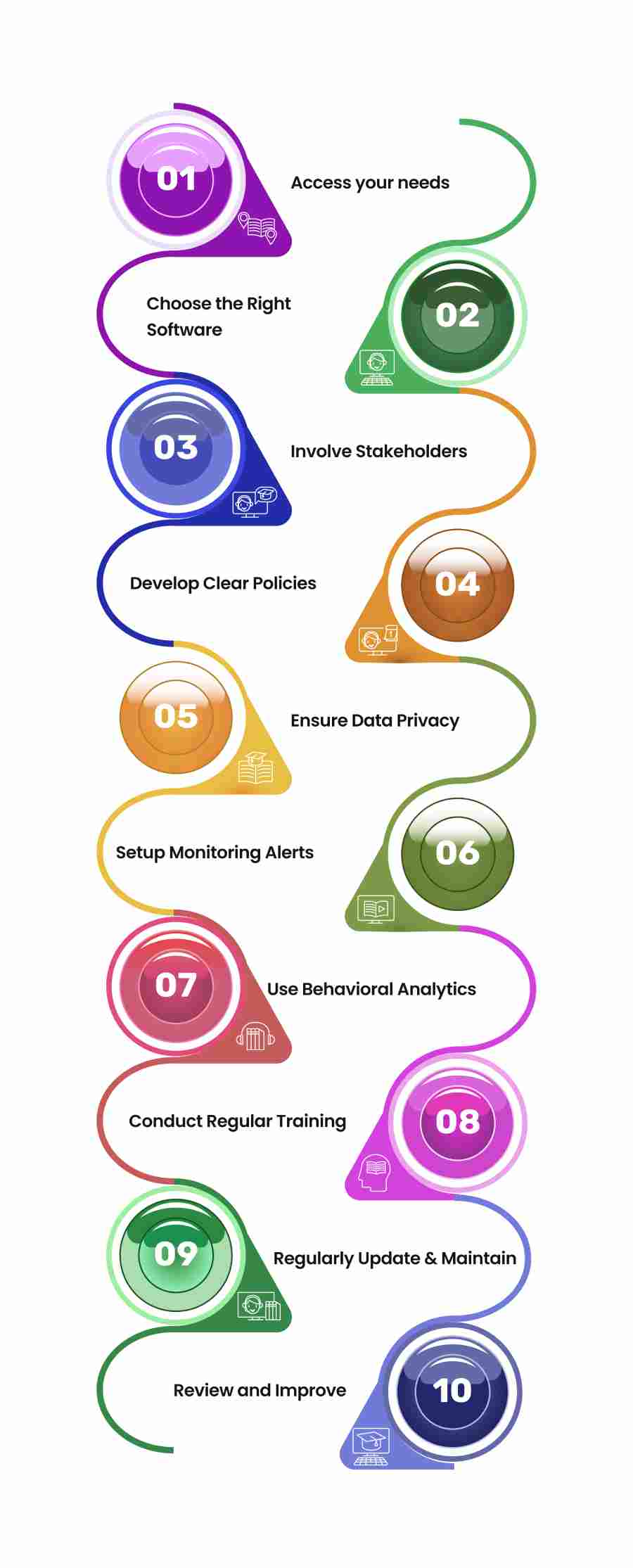
Ready to safeguard your business from malicious insiders? gear up, as I am going to explain some tips that will allow you to set up an insider threat detection tool for yourself without any problems or difficulties. Make use of these steps and set up yourself at a spot where no insiders and hackers can reach your sensitive information.
Assess Your Needs
Identify your company-specific needs and for what reasons you need an insider threat detection tool. Understand what types of insider threats you are most likely to face and identify the critical assets that need protection. This way you can be sure that the software will meet your needs and expectations to the maximum.
Choose the Right Software
Conduct proper research and select the most appropriate solution that you believe will meet your company’s needs and can easily be integrated into your current IT infrastructure. Also, remember to check for the features like real-time monitoring, behavioral analysis, and reporting features.
Involve Stakeholders
Engage IT, security, HR, and legal departments in the implementation process. Inform them what is going on in the company because their feedbacks are crucial for managing various aspects of insider threat and providing adequate coverage.
Develop Clear Policies
Establish rules and regulations concerning the implementation of insider threat detection software. Clearly state what is considered suspicious activity, how the monitoring is going to be done and make sure that all these monitoring policies are well communicated to all the employees.
Ensure Data Privacy
Try to balance your security needs with data privacy concerns. Always ensure you meet the requirements of the data protection laws and make sure you do not violate your employee rights.
Data privacy is the key to achieving success and staying ahead of the competition. So, make it your top priority.
Set Up Monitoring and Alerts
Configure the software to continuously monitor critical data systems. Set up automatic alerts for unusual activities such as unauthorized access attempts or abnormal data transfers to enable timely responses.
These continuous alerts can help a lot in case of emergencies so search for software that provides automatic alerts feature along with all the key features.
Use Behavioral Analytics
Use behavioral analytics to detect any anomaly in the users’ behavior. This is useful in identifying other insider threats that may not be easily identified by other monitoring methods.
Did You Know?
On average, it takes 197 days to detect a data breach and an additional 77 days to fully recover from it.
Conduct Regular Training
Conduct regular training sessions for your employees and the security teams to familiarize them with the software. Also, attempt to perform awareness training to ensure the staff is aware of the insider threat and their role in security.
Regularly Update and Maintain the Software
Make sure that the software is updated regularly to meet the new emerging threats and risks. Continuous maintenance and periodic reviews are essential for keeping the system effective and up-to-date.
Review and Improve
Regularly review the effectiveness of your insider threat detection measures. Review the events, modify the rules, and optimize the software settings to strengthen your organization’s protection.
Regular reviews help a lot in understanding how the processes are going on rather than reviewing once in a while.
Conclusion
In conclusion, Insider threats are very harmful to the organization as well as costly. Identify if your company is prone to insider threats or not and take precautionary actions. Investing in insider threat detection tools is crucial these days because of the potential insider threats.
Protect your sensitive information and ensure long-term organizational resilience by selecting a proper insider threat detection tool with the help of the best practices discussed above and implementing the tool carefully into your organization.
Don’t risk your business by ignoring insider threats
Take action now to protect yourself from Insider Threats
Signup For FreeBook Demo